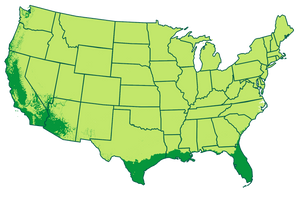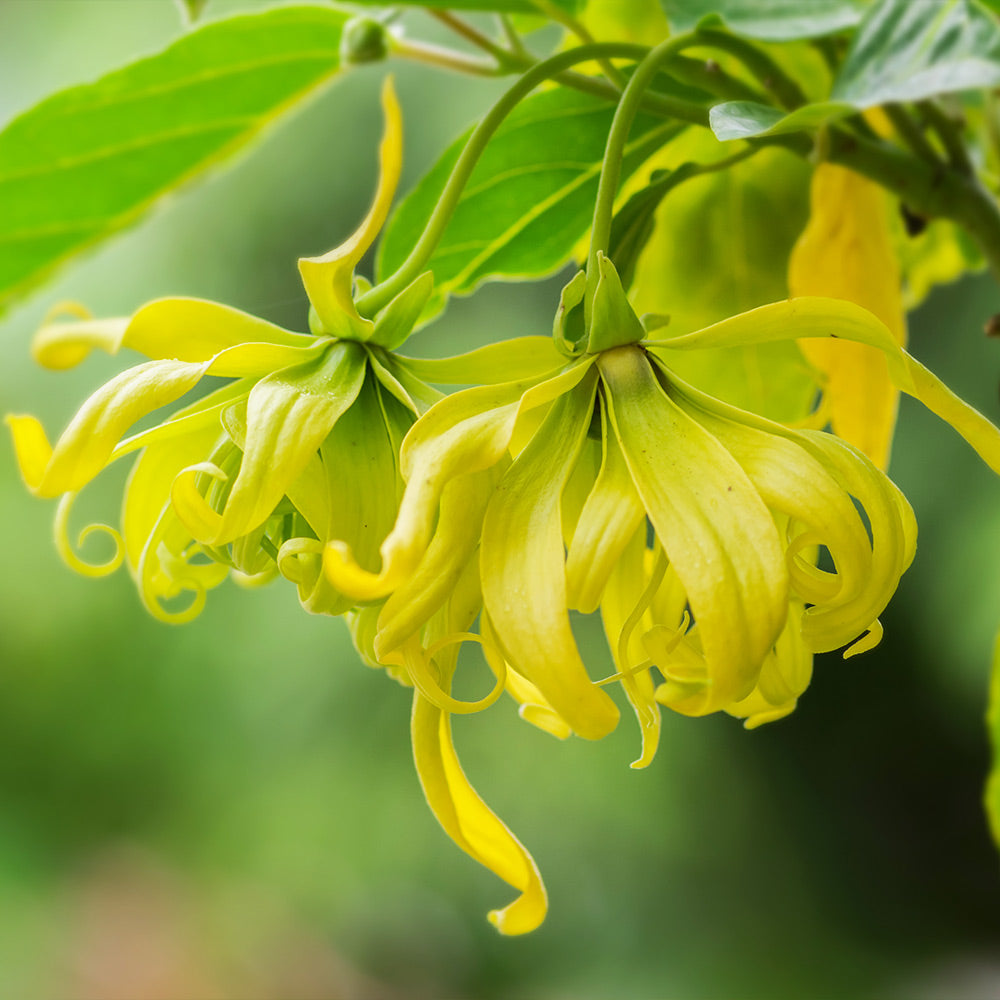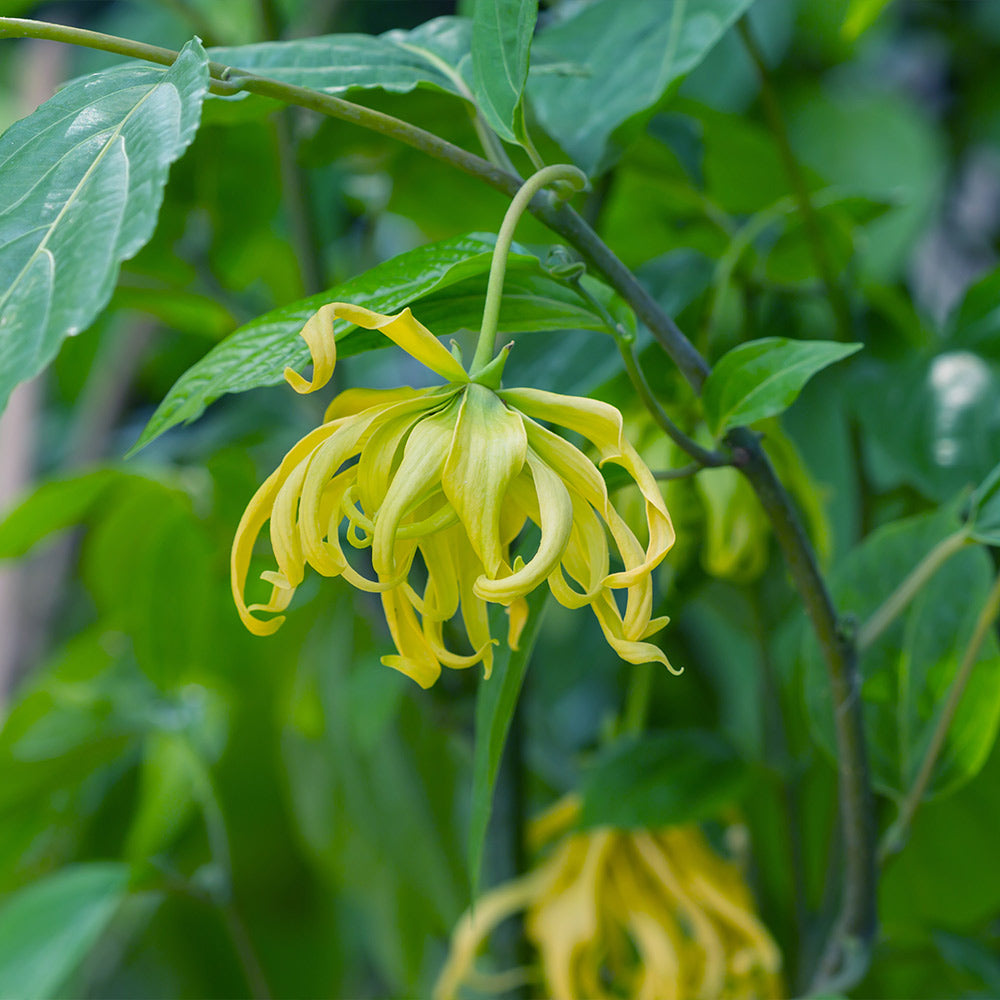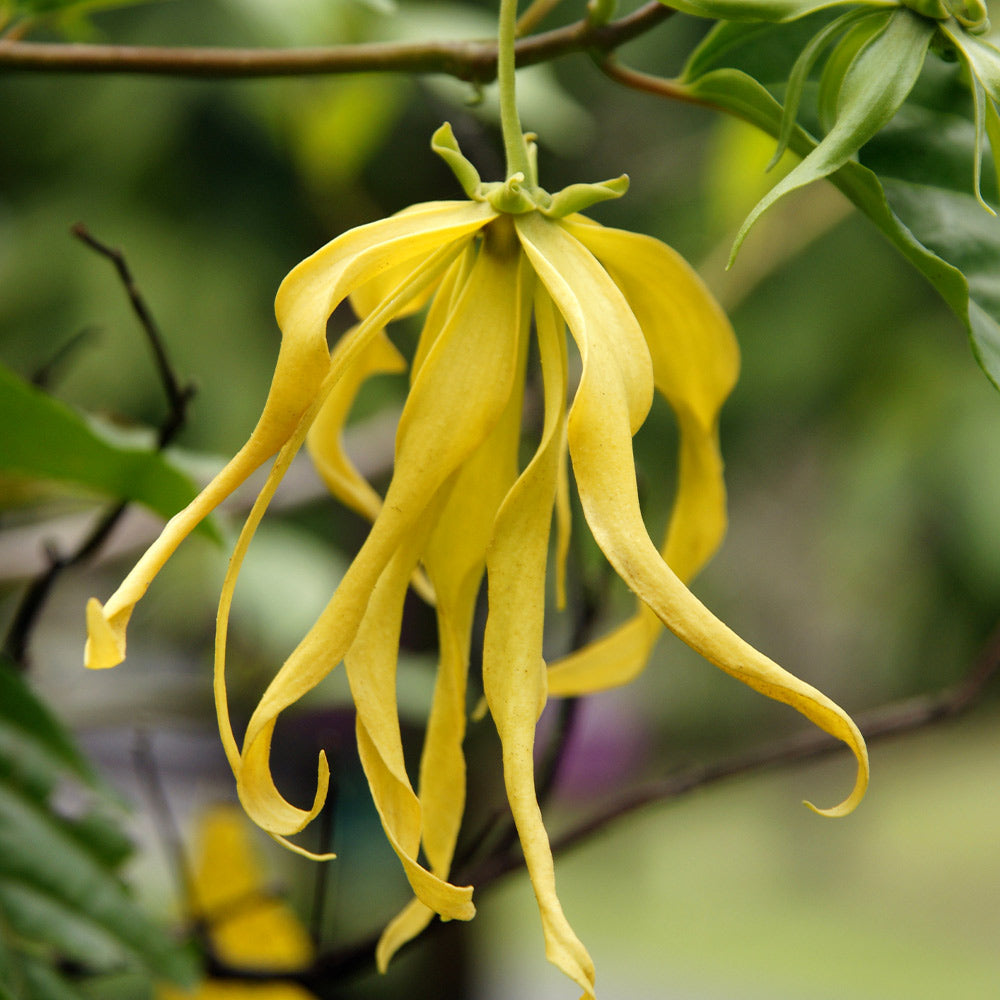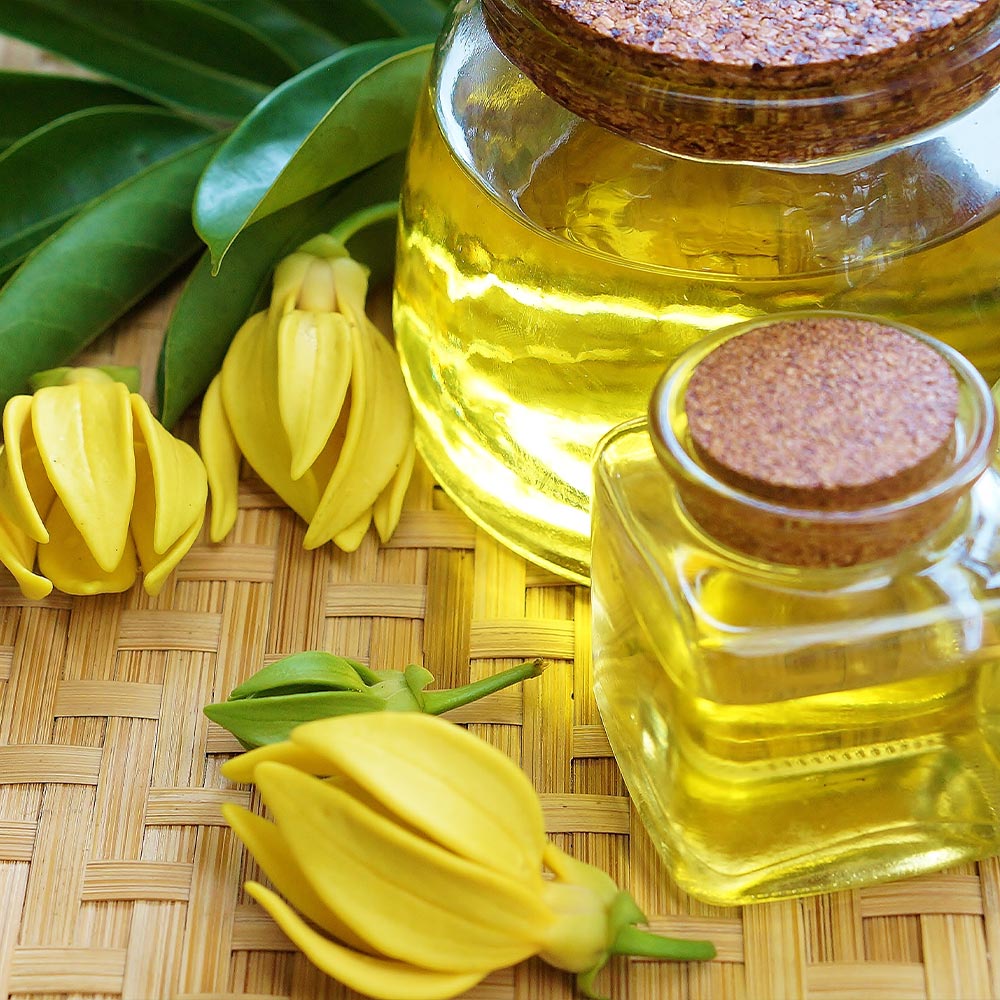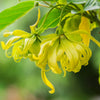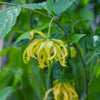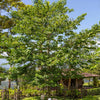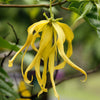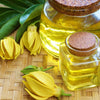* Images shown are of mature plants

Have questions? Talk with our Plant Experts (800) 973-8959
Save 25% on $200+ with code FALL25.
Questions? Call our plant experts: (800) 973-8959
Fill Your Landscape With Fragrant Blooms
The Ylang Ylang tree is most famous for the incredible fragrance that comes from its blossoms. Its scent has hints of jasmine crossed with a sweet custard apple, and fills the entire landscape.
Many are drawn to Ylang Ylang trees because its oil is used in a variety of different perfumes. A few drops of the oil are perfect for making homemade scents in candles, perfumes and potpourris.
This flowering tree has beautiful blooms that are light green when they first emerge that turn bright yellow as they mature, and best of all, this tree blooms all year. While your neighbor’s trees only bloom for a few weeks, you will have months of continuous flowers. The blossoms pop against the Ylang Ylang’s thick canopy of dark green, lush, tropical leaves.
Ylang Ylang trees are native to tropical areas and are recommended for growing zones 9-11, where they will thrive in the heat and humidity. However, these trees also thrive in containers. If you live farther north than zone 9, place your tree in a container and bring it indoors during the colder months.
Forget the use of chemical sprays and candles to fill a space with a fresh scent. As houseplants Ylang Ylang trees replace old stale air with a rich flowery aroma.
When planted outdoors Ylang Ylang trees take off with a rapid growth rate of 5 or more feet per year. They reach heights of 40 to 60 feet tall to quickly become a large and mature shade tree that’s perfect for hanging out under during hot summer days.
The Ylang Ylang tree is often a popular choice among landscapers because it’s a low maintenance tree that doesn’t require a lot of up keep. By being drought tolerant as well as resistant to pests and diseases, this flowering tree flourishes in a variety of different growing conditions.
Planting & Care
The Ylang Ylang Tree (Cananga odorata) is very well known due its wonderfully fragrant aroma that resembles a custard apple scent mixed with hints of jasmine. The oil derived from the tree is known to be a fantastic addition to candles and also applied in potpourris and perfumes. This full to partial sun loving, fast growing tropical tree is best suited for USDA growing zones 9-11 but can be container grown for growing zones 4-8 providing there is a good amount of sun and humidity. The tree will mature to a large height of 40-60 feet tall and 30-50 feet wide so take into account anything that may be above it such as power lines. One of the other perks of the Ylang Ylang is that it is so low maintenance. It flourishes in a variety of growing conditions, is drought tolerant, pest/disease resistant and deer tend to ignore these. The tropical tree can also be successfully container grown but will require some effort as it will need to be re-potted as it matures. This fragrant, beautiful tree will be an eye catcher for sure with its beautifully unique blossoms that pop against the dark green, tropical leaves and enticing aroma.
Choosing a location: Remember, these trees get to be pretty BIG so make sure you take into account the height and width when scouting your planting site. Drainage is essential for all things so be sure there will be no standing water around the tree. Ylang Ylangs like full to partial sun so try for a spot that will receive 3-5 hours of sun each day.
Planting Directions (in ground):
1) After choosing your area, dig a hole that is twice as wide and just as deep as the container that the plant arrives in.
2) Carefully remove the tree from its container. Lightly tapping around the base will help to loosen the root ball if it is difficult to remove.
3) Lightly comb the root ball with your fingers to loosen up the roots so that they spread out easily.
4) Position your tree in the hole so that the top of the soil is even with the surrounding soil level.
5) Back fill with a mixture of native soil and compost. A 60/40 blend of your native soil to gardening soil will be perfect. Tamp down lightly with your hands as you fill in the planting site to prevent air pockets from forming.
6) Water well when done and cover the area with mulch to protect the roots and help them conserve moisture. Be sure the mulch is not touching the tree’s trunk or rot and fungus may set in.
Planting Directions (potted): Container growing your Ylang Ylang can be done as it will restrict the height and width a bit more. Think of it like a goldfish for example, a small pot will keep the tree a more manageable size.
1) Start by selecting a pot that is at least 2 times the size of the container it came in with lots of drainage holes. This will allow ample space for the roots but avoid an excess amount of water being retained in the soil.
2) Use a slightly acidic, light, quality potting soil to fill in the area around the root system.
3) Press down as you backfill to prevent any air pockets from forming.
4) Water the soil to settle it and place your tree in a good spot that will receive morning sun and afternoon shade.
Watering: Ylang Ylangs are tropical so they do enjoy a regular watering schedule that will keep the soil moistened. A good rule to remember is moist, never saturated. A good way to tell is to stick your index finger into the surrounding soil down to a depth of 2 inches. If it feels like it’s getting dry, go ahead and water the tree. If it feels like it still has some moisture present, hold off on watering until it dries a little more. The “index finger” approach works equally well for a potted Ylang Ylang.
Pruning: Prune as needed to control size and shape. Be sure to remove any dead, damaged or cold shocked branches or any that are low hanging. Potted trees can be done the same way but we recommend sterilizing your cutting tool(s) to ensure no pathogens get into the tree. A household rubbing alcohol will be sufficient to clean your cutters.
Fertilizing: Ylang ylang trees will benefit from a monthly fertilizing from spring in to the early fall seasons. It’s recommended to use a bloom boosting fertilizer at ½ the strength.
Shipping Details
Estimated Shipping Time: Most orders ship immediately. As noted on the website, some items are seasonal, and may only ship in spring or fall. Once your order is shipped, you'll receive an email with a tracking number.
| Amount of Order | Shipping Charge |
|---|---|
| Less than $49 | $19.95 |
| $49 + | FREE SHIPPING! |
Product Details
| Mature Height: | 40-60 ft. |
| Mature Width: | 30-50 ft. |
| Sunlight: | Full-Partial |
| Growth Rate: | Fast Growing |
| Botanical Name: | Cananga odorata |
| Does Not Ship To: | AZ |
| Grows Well In Zones: | 3-11 patio / 9-11 outdoors |
| Your Growing Zone: | # |
